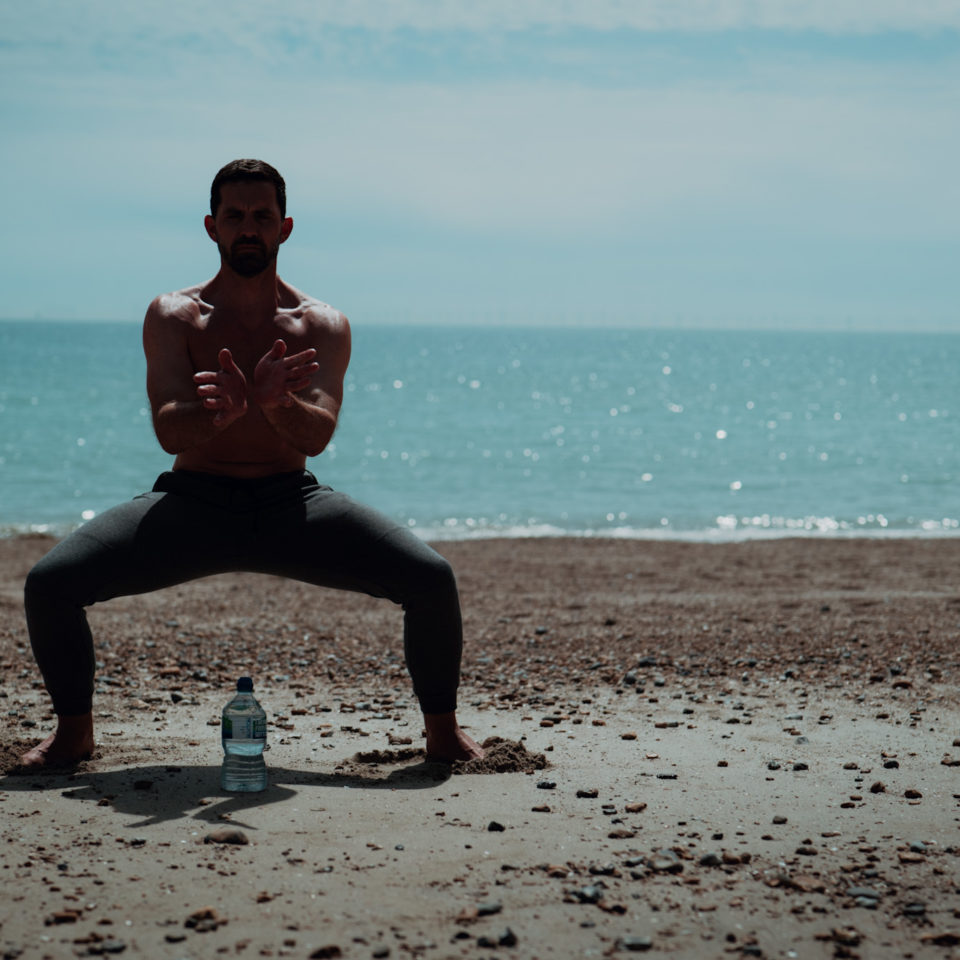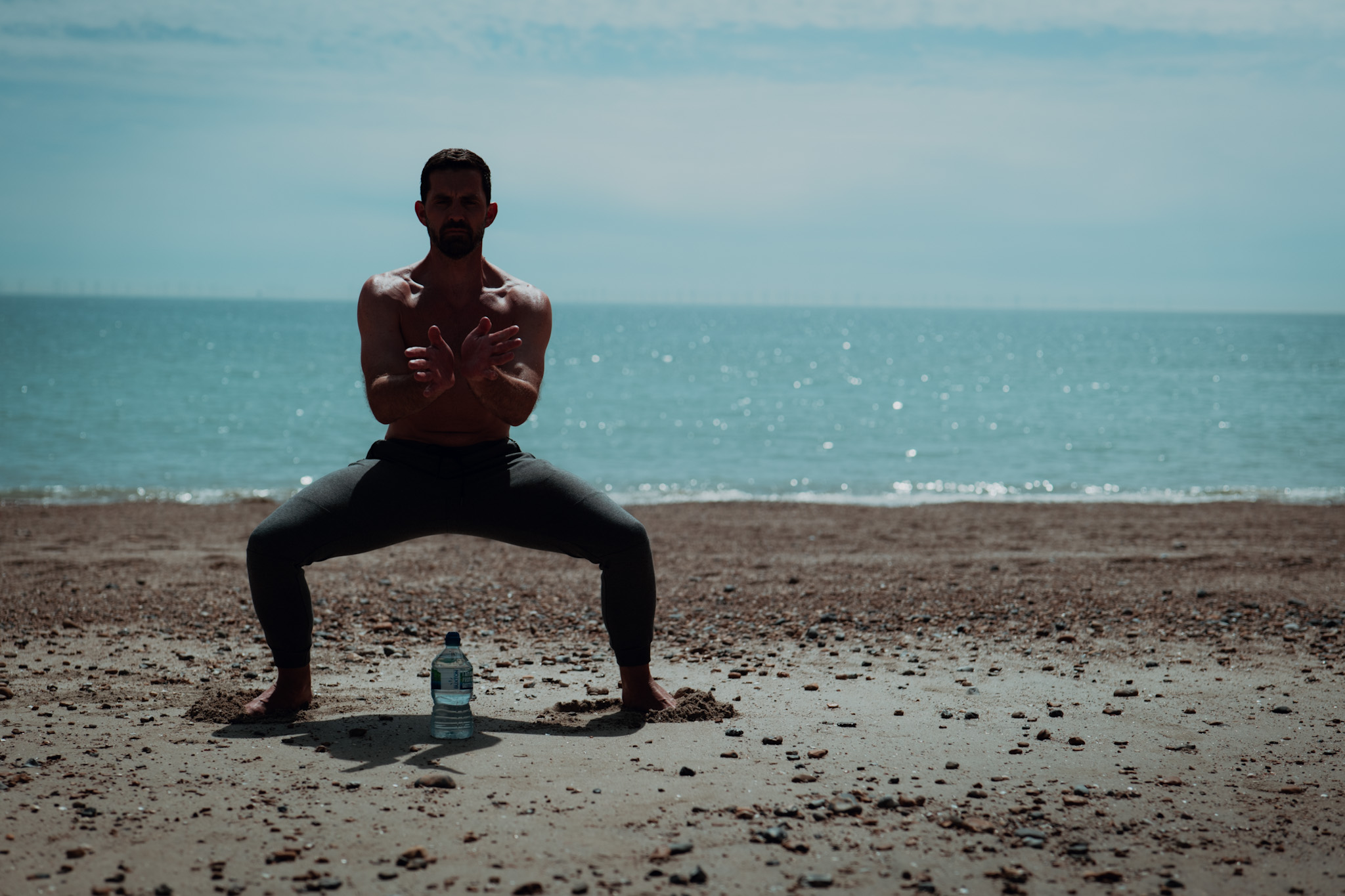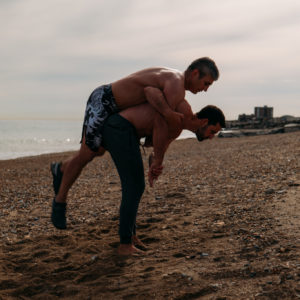Original price was: £490.00.£333.00Current price is: £333.00.
Description
Imagine having a practice you could use on a daily basis to make your mind concentrated and alert, balance your emotions and develop and extremely strong, coordinated and powerful physique. Tai Chi Neigong is such a system.
Long ago, Taoist recluses studied the movements and postures of wild animals, looking for ways to optimise body and mind for better martial arts and meditation practice.
Over time they found certain movements and postures that would strengthen particular systems of the body. This would lead to all around vigorous strength, power and endurance – all requirements of a good martial arts practice or for anyone wanting to cultivate themselves.
If you are looking for an antidote to mind-numbing ‘workouts’ in soulless gyms or you want to learn an incredibly comprehensive martial arts and meditation/conditioning practice then tai chi Neigong may be what you are looking for.
The tai chi Neigong system was included as an advanced part of fighting tai chi, never taught to anyone except the most serious disciples. This tradition was continued till very recently. Our lineage and Neigong practice comes directly from the famed fighting tai chi master, Cheng Tin Hung.
The system is split into two series of exercises, the Yin and Yang sets. Each set has twelve exercises.
As many days per week you can choose to practice as many exercises from either the Yin or Yang set as you like. A full set of 12 exercises can take around an hour, or 20 minutes or so for just 4. If you are time restricted you can just do one or two.
There are also different levels of practice which are traditionally used for different levels of student. More repetitions and longer time holds are used on higher levels to further develop body and mind, leading to mastery and potential enlightenment (according to tradition).
The exercises are meant to be practiced in a quiet location without interruption. It’s just you and your training. There are static positions that are held in a meditative way and are used to build awareness, relaxation and strength in the muscles, bones, connective tissues and fascia. This is truly functional strength in positions that are extremely useful for sports and fighting.
There are moving exercises that mobilise the joints, making movements faster. Many are done explosively to build whole body power in all directions (again extremely useful for any sport but particularly combat).
These moving exercises also target muscles and connective tissue development and build an elastic, whip like power. Your combat techniques become faster, stronger and more powerful – with the movements perfectly integrating all muscle groups and elastic tisssues to maximise your potential.
Many of the exercises directly seek to enhance deep diaphragmatic breathing and the elasticity of lung tissue, leading to better all round health and wellbeing as well as endurance and stamina.
The neigong is famous for its ability to increase internal organ health and the toughness of the encapsulating fascia, to the point that you can easily absorb blows to the body as shown in the video below. The practitioners shown are on the older side but can all effortlessly show this ability.
Muscle-tendon meridians are systematically stretched and strengthened which leads to much better transfer of sensory information. This means better coordination and sensitivity for you so combat techniques or sporting actions improve, balance also improves considerably.
The Yin exercises are very meditative and relaxing and are said to help cure or improve nervous disorders and insomnia.
Several of the exercises target and develop the health and functioning of the Kidneys – which are believed by the ancient Chinese to be the storehouse/builder of Jing energy. This is our base vital energy and the more we have of this the better. In modern hormonal terms for men we can think of it as anabolic hormones like testosterone. Many practitioners report increase in libido and muscle mass from practice.
Modern research also shows practices like neigong may be useful in enhancing neuroplasticity, neurogenesis and the formation of stem cells. All things that contribute to overall health and wellbeing.
The final exercise is called ‘The old man making the medicine’. This exercise is ideally practiced at the end of any neigong session (or before bed for a much deeper sleep). This meditative exercise combines breath work and also meditation with the aim of achieving extremely deep states of relaxation or what the Taoists called ‘stillness’.
There are also self massage and percussion techniques used to further stimulate the health of the organs and body.
If you are looking for an extremely powerful and enjoyable training method to do on a regular basis I haven’t yet found anything to equal neigong training. I’ve always found it to be highly enjoyable to do and extremely effective for building a martial arts base. Strength, endurance, power and coordination as well as feelings of profound wellbeing have always been the result of a modest investment of time.
It’s not easy training but there are so many benefits that once you form a regular habit of practicing you will want to continue as a lifelong part of your training.








Neil is a fantastic teacher, and I’ve really enjoyed studying Neigong with him. The instruction in the video is very clear and moves at a good pace. There are different camera angles and movements are repeated and narrated so that the nuances come across. Strongly recommended!
Having dabbled with Tai Chi Nei Gong, but in the absence of a good teacher and without any real consistency, it is refreshing to find a teacher of Neil’s caliber and experience. He has delivered a very accessible and transformative instructional video. He distills and delivers the essence of ancient Tai Chi Nei Gong practice in a very precise and easy to follow manner.
Through regular practice, this instructional video has helped me to foster a greater sense of inner peace, connectedness and fortitude in my own life.
I would wholeheartedly recommend this instructional video for anyone with an interest in Tai Chi Nei Gong and/or as means of self improvement as i feel that it is a powerful means of inner engineering.
Having dabbled with Tai Chi Neigong, but in the absence of a good teacher and without any real consistency, it is refreshing to find a teacher of Neil’s caliber and experience. He has delivered a very accessible and transformative instructional video. He distills and delivers the essence of ancient Tai Chi Neigong practice in a very precise and easy to follow manner.
Through regular practice, this instructional video has helped me to foster a greater sense of inner peace, connectedness and fortitude in my own life.
I would wholeheartedly recommend this instructional video for anyone with an interest in Tai Chi Neigong and/or as means of self improvement as i feel that it is a powerful means of inner engineering.
This is a great instructional video of a very rare conditioning program from internal martial arts. In fact its the only one I have ever seen by a western or eastern student with detailed instructions in English. I work as a physiotherapist and can vouch for effects of this system in developing a strong balanced physique. It combats the detrimental effects of sedentary living and poor posture by strengthening the major muscle and fascial trains that meander through the body form a deep to superficial level. From a martial stand point it delivers a strong root in conjunction with focused coordinated movement essential for effortless striking and parrying. Despite practicing neikung for ten years I have found this video a great blue print to keep my practice on track. Neikung builds your body from the inside out so the mind body and breath work in harmony.
Hi so to all the people who wants to try this amazing tai chi nei gong system.. I can only recommend with fully of my heart. I have been doing it for 20 plus years. Love it and it’s the best I have ever try and been training in.
Highly recommend to buy and start your new journey too
This is a brilliant instructional video for anyone wanting to learn the neigong system and also for people wanting to improve / refresh their neigong training. Neil has a deep-rooted understanding of each neigong exercise and demonstrates / explains each one in a very clear and concise way. Even if you think your neigong training is at a pretty good level I would recommend this video. I’m sure it will identify areas where your technique can be improved upon and you can maximise the benefits to be gained from practicing this awesome system.
I have been a student, practitioner and sometimes teacher of this system for 3 decades now, having trained under Dan Docherty, Neil Rosiak and others. Nei gung is the holy grail of this system and is generally reserved for students that are able to fully dedicate themselves to the art. Anyone wishing to embark on this section of the tai chi syllabus should not take it lightly. Neil has a profound and in depth knowledge of the system. The instructions in this video are insightful, clear and to the point and will assist anyone wishing to develop and improve their nei gung conditioning. I can fully recommend this video as an aid to help support your training.
Neil’s deep expertise and joy for Taiji in all its expressions is rooted deeply in freedom and form. At the core, Nei gung opens the door to a world of possibilities within the body, self-awareness and beyond. Very grateful to Neil for opening this door for us. You will love and benefit from this video, Neil’s clear and heart-full instructions will guide you through.
Neil’s deep expertise and joy for Taiji in all its expressions is rooted deeply in freedom and form. At the core, Nei gong opens the door to a world of possibilities within the body, self-awareness and beyond. Very grateful to Neil for opening this door for us. You will love and benefit from this video, Neil’s clear and heart-full instructions will guide you through.
A comprehensive, and professionally produced video, clearly illustrating and explaining all the Nei Gong postures.
I found the video very helpful, as an aide memoire, and as motivation to be more attentive and focused in my practice – having noted some suspect habits in my own practice!
It was also helpful to have front and side views of the postures with voice over talking one through the movement and posture. Noteworthy, particularly for those new to these exercises, is the availability of support from Neil via email or mobile.
Neil is clearly a very experienced and competent teacher who has created a much needed and valuable learning tool.
The best way to learn tai chi is of course from a great teacher. There are very few who really know the depth and detail of tai chi as well as Neil. This video of the nei gung exercises is exceptional, i have found nothing like it anywhere else. It provides a hugely valuable reference. These conditioning exercises build a strong and solid foundation for tai chi. I am slowly building my practice, going back to this often to check both the basics of the movements but also the detail of alignment and breathing. This very helpful and great value.
For me this is more than helpful in so many ways. If you practice Neigong you will appreciate and perfect your practise with Neil’s help and guidance. He’s a pocket guide on woodland trips.
Hi Spike it’s a donwloadable file for ease and
Hi Michael Between 20 minutes and an hour or so..
Hi Michael that’s a good idea which I’ll include on a following update. I’ve now started to include an ebook however which bridges the gap.
The Wudang style of tai chi is not only a complete and effective fighting system, as demonstrated by its success in full contact competition against other martial artists, it is also a subtle and sophisticated method to improve and maintain health and strength, both physical and mental. We are fortunate indeed that pioneers like Dan Docherty and Ian Cameron first brought this system to the UK in the seventies and eighties, both having studied in Hong Kong under the legendary Cheng Tin Hung (鄭天熊). I have practiced this style since the nineties, initially with Dan and subsequently with some of his senior students, and have maintained the practice of nei gong throughout this time.
Most recently, it has been a privilege to be taught and corrected by Neil, one of the handful of people (including Dan) that I can say it has been a life-changing experience to meet. Neil has not been content to pass on what he originally learned, but has tirelessly continued to deepen and extend his understanding of the art, returning to the source and studying under Cheng Tin Hung’s son, Cheng Kam Yan (鄭鑑恩). He has tested it in competition against fighters from many styles and shown its effectiveness as a martial art.
He is also interested in the science and physiology behind the style’s many health benefits. Of these I can speak personally – my nei gong practice has been the bedrock of my training, and the effects are palpable in terms of greater strength, stability and inner calm. Anecdotally, my martyrdom to annual doses of heavy flu stopped completely once I started practicing. Although no expert, my professional career was in medical research at the intersection of the nervous and immune systems, and we now understand enough of the relations between them, and the way that stress affects the latter and can be modulated by the former, for this to be plausibly attributed to the relaxing and calming effects of the nei gong exercises. It’s claimed effects on the ability to withstand heavy blows to the body was unintentionally tested by Neil himself, on an occasion when I foolishly walked into his very focused front kick while sparring, which floored me but left me unwinded and able to stand up immediately to continue. I only reflected subsequently that it would have taken me minutes to recover from this prior to practicing nei gong.
Neil’s commitment to teaching and transmitting this art extends to the production of very high quality teaching aids. While it remains true that the best way to learn any martial art is by personal instruction from a qualified teacher, the videos offered by Neil are an invaluable aide memoire, which communicate clearly, reliably and without undue mystique the essence of the techniques. They are beautifully produced, will not mislead, and are a valuable investment that will repay their cost many fold. I recommend them unreservedly, and in addition suggest that anyone interested in learning or developing this martial art seeks personal training with Neil. In a world full of over inflated egos, Neil is a modest and unassuming person of genuine attainments who truly lives the Dao.
Neil’s course is very thorough. I had previously learned much of the 24 Neigong exercises and Neil’s approach has provided me with new insights which have improved my practice, and working to refine them. I like the fact Neil explains these in a very Western and concrete manner. These exercises are so effective and very grateful to have learned them. It’s great to have a good video reference which really helps, which due to the previous “behind the door” cultural idea, wouldn’t have been possible, allowing a much wider range of people to benefit. Thanks Neil.